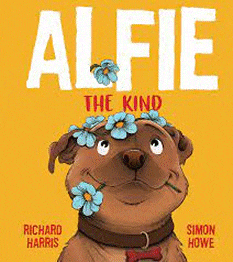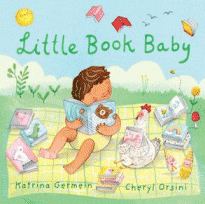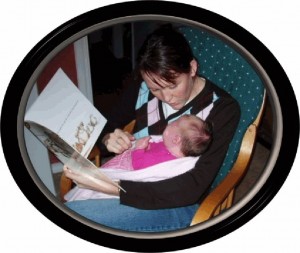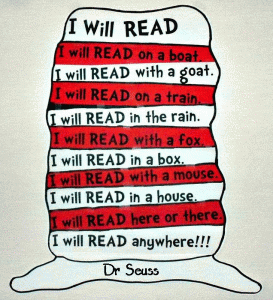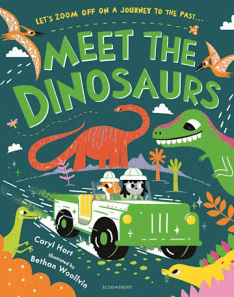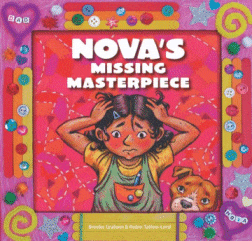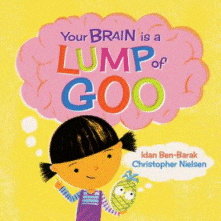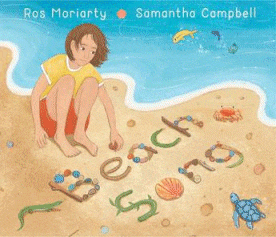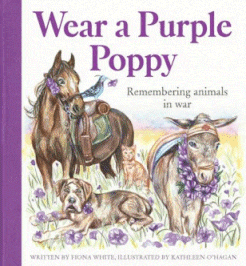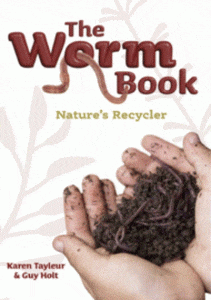
The Worm Book
The Worm Book – Nature’s Recycler
Karen Tayleur
Guy Holt
Wild Dog, 2024
32pp., hbk., RRP $A24.99
9781742036694
It begins with a riddle…
What animal has no bones but can move, has no lungs but can breathe and has no eyes but can see?
And it continues with a fascinating exploration and explanation of the humble worm, creature so familiar that we pay it little attention but one which is vital to the health of the planet because it is Nature’s recycler. Yet, while we are probably most familiar with the garden worm that inhabits healthy soil, compost heaps and worm farms, there are, in fact, about 20 000 species of worms (1 000 of them native to Australia) ranging from a roundworm smaller than a pinhead to the giant earthworms of Gippsland, Victoria.
With its accessible text and stunning photographs, this is a companion to The Frog Book introducing young independent readers to some of the less exotic creatures around us but which have such a vital role to play in establishing and maintaining a robust and sustainable environment. Old as I am now, I can still recall my primary school investigation into these creatures and learning two words which my 6-year-old self would insert into adult conversations with glee – ‘hermaphodrite’ and ‘invertebrate’. And jaws would drop when I could explain their meaning – read the book to find out if you don’t know.
With its strong emphasis on the worm’s role as nature’s recycling machine, it offers instructions about both composting and building a worm farm, both projects that can easily be done at school actively involving students in protecting and promoting these little wonders.
